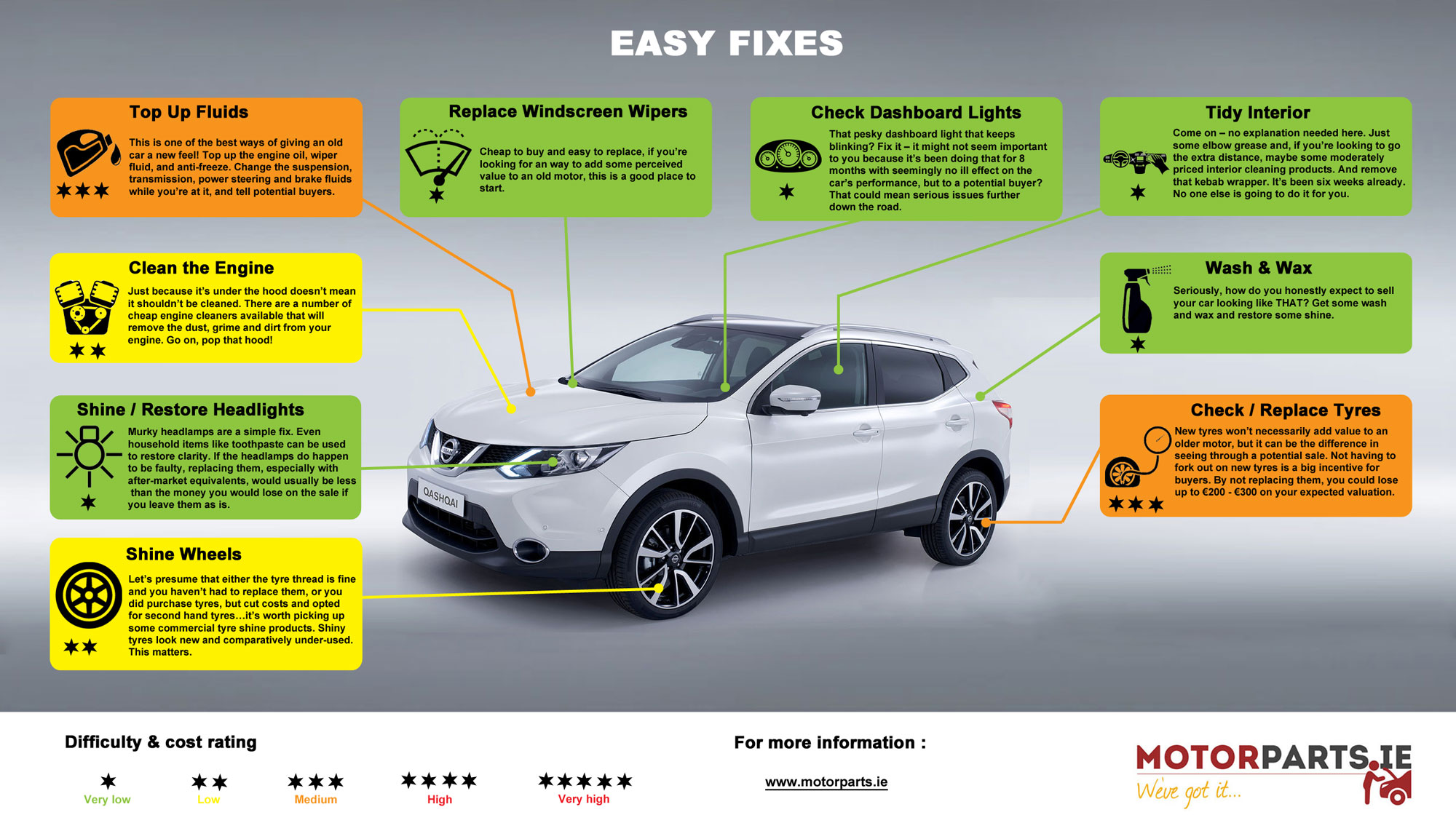
Schools nearly out. There’s a grand stretch in the evening. And you’re more than likely sitting at your desk daydreaming of your impending summer holidays.
But you’re not quite there yet. There’s still the small matter of packing etc. And therein lies one of the great holiday dilemmas – how are you going to fit all that luggage in with the family? Maybe you could leave the family behind??
There is a better (i.e. safer) option – the tried and trusted roof-box! Ranging in price from hundreds of euros to thousands of euros, there’s a roof-box fit for every purpose. So choose carefully. Here are some important factors to consider when making that decision.
The Usage:
The purpose of the roof-box’s usage will determine its size, shape and the tie down system. Consider whether:
- It will be used frequently or occasionally.
- It will be used just during the holidays and which season (summer or winter).
- It will be used as a portage complement or the main boot (in case your car is too small).
The Type:
Stiff and aerodynamic:
- Made of plastic or composite, the stiff roof-box are the most popular. Wide or tight, their aerodynamic shape offers better air penetration which limits over-consumption on fuel usage.
- It also offers you better protection against weather and theft.
- Flaws? Setting up often requires two sets of hands, while storing it when not in use requires a lot of space.

Guide to selecting the right Roof-Box.
Flexible and practical
- Flexible roof-boxes are made of impermeable synthetic materials.
- Setting up only requires one pair of hands and they don’t require much storage space when not in use.
- However, they don’t share the aerodynamics properties of the stiffer roof-box, although the flexibility does allow you to adapt the size depending on the storage volume needed. This limits the wind loading when partially filled.
- Although generally waterproof, the flexible roof-box tends to require some maintenance to stay this way.
- Flaws? It’s particularly vulnerable to theft.
- Warning: Most of the cheaper roof-boxes are often poor quality, simple rectangular boxes, offering mediocre sealing and made of thin plastic materials, without inner straps and a poor locking system.

Flexible Roof-Box
The Dimensions:
Selecting the right roof-box is dependent on the luggage they will carry (as well as the Highway Code which states simply that “you must secure your load and it must not stick out dangerously”).
Similarly, you must consider the car and technical specifications of the roof-box.
Indeed, the latter only accepts a low filling mass (50 to 75kg maximum) but offers loading volume from 220 to 680 litres. Long, short or mixed, you can generally find 2 lengths (about 1m to 2.35m ) and 3 widths (about 75cm to 1.40m), depending on the manufacturer.
The Type of Fitting:
First, you must check the quality and strength of your roof-rack and its anchorages. It’s the part that will support the weight. A fixation differs according to the price range. Some are more ergonomic and patented by manufacturers, particularly for mid-range and high end products.
U-Fixation / Double thread fixation:
- The most popular fixation. Each fixation adjusts itself according to the racks, via pre-drilled holes or by drilling the bottom of the box. So it is universal usage but not practical to set up, even more so if you have to use tools.
L-Rod / Threaded rod:
- Composed of a thread and a locking lever. You insert the ‘L’ part under the roof-rack, adjust tightening with a thumb-wheel and lock it with the lever. It is also universal but more practical to set up.
Thule Easy – Snap & Farad Block:
- These are evolutions of the U-Fixation. They are made of a U and a quarter rotation lock or locking lever. Each U adjusts itself according to manufacturer’s reference. Both universal and practical in usage.
The Opening:
For stiff roof-boxes, the loading is made to the rear. The opening is either unilateral (right, left or rear) or bilateral (right and left). The latter make the loading easier, particularly in tight spaces or low roof rooms. Be careful of the positioning of your roof box – don’t place it too far to the rear or it could potentially obstruct the tailgate.
Roof-boxes mostly close with Velcro tape or zipper. Some models are accessible by both sides.
Keyhole or Padlock?
Stiff roof-boxes are often locked by keyhole at two points. Flexible models have a padlock.
We advise you choose a keyhole which retains the key. It avoids risks of driving with the roof-box open.
Roof-Box
Roof-Box (320L)
Roof-Box (480L)












